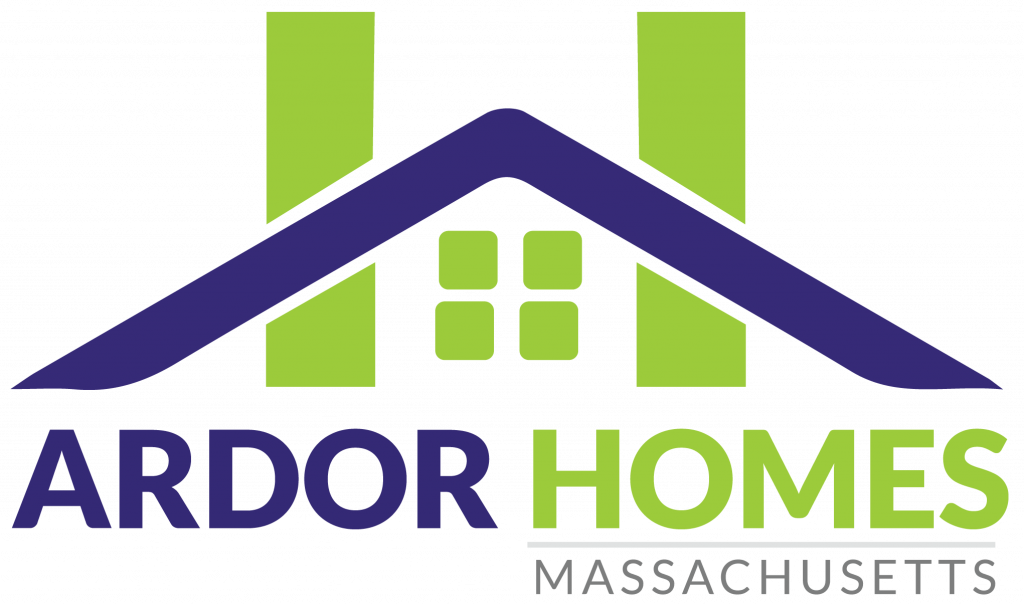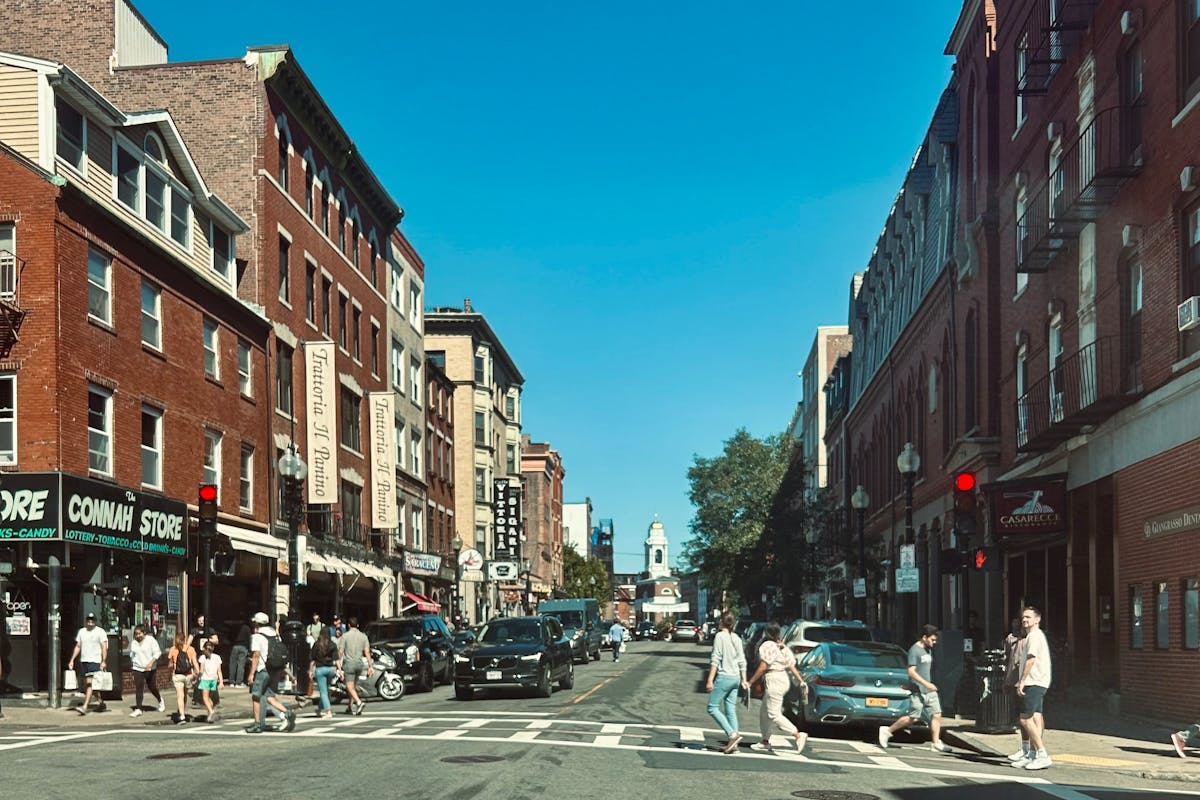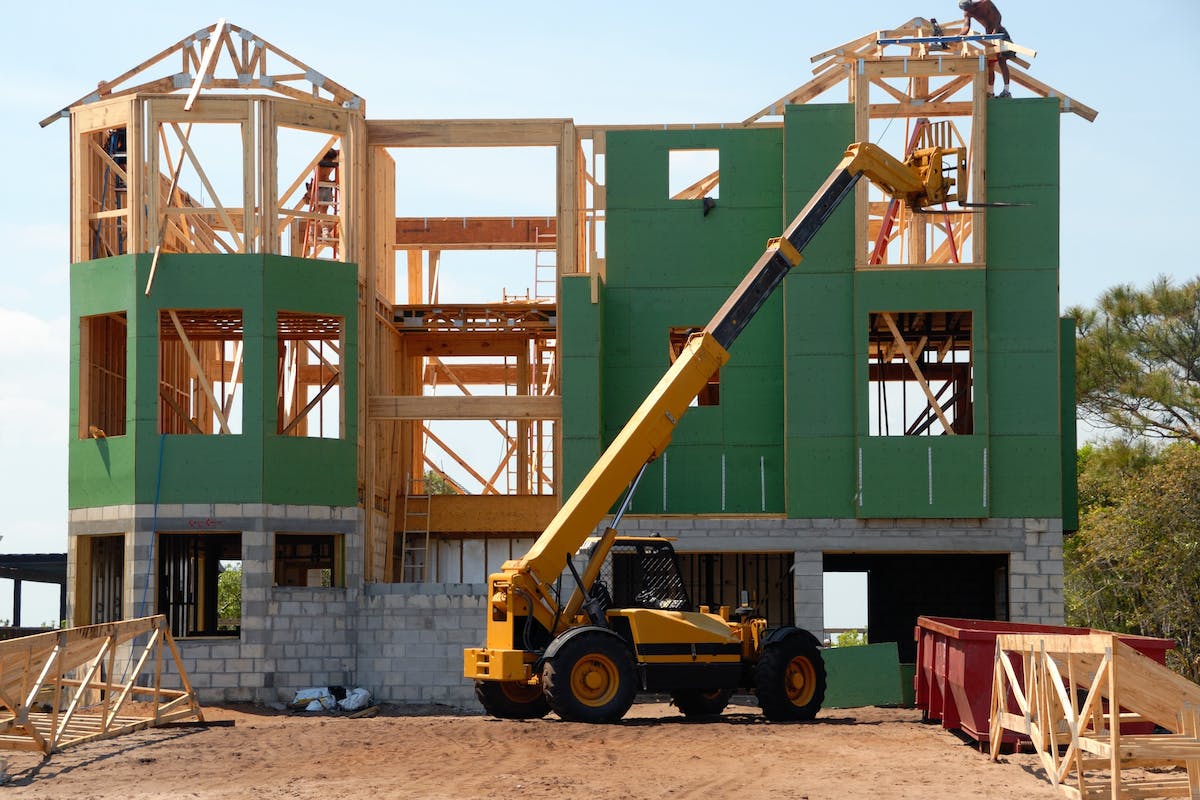
The cost to build a house in Massachusetts can be a formidable hurdle, especially when aspiring for that dream home. With the ever-evolving landscape of the Bay State’s housing market, prospective homeowners face the challenge of navigating a complex terrain of expenses, regulations, and design considerations. In this article, we explore cost-effective strategies for building your dream home in Massachusetts, offering insights and practical tips to help turn your vision into a reality without breaking the bank.
Massachusetts, known for its rich history and diverse landscapes, presents a unique set of opportunities and challenges for those embarking on the journey of home construction. Whether you’re a homeowner for the first-time or looking to upgrade your dream abode, you need to understand how to strategically crunch the numbers. From setting a realistic budget and selecting an optimal building site to incorporating energy-efficient designs and leveraging financing options, we’ll guide you through a comprehensive approach to achieve your dream home without compromising your financial well-being.
What’s Happening in the Real Estate Market?
The Massachusetts housing market, as of September 2023, reflects a dynamic landscape with both challenges and opportunities for buyers and sellers. Notably, statewide closed sales experienced a decline, impacting single-family homes and condominiums. Despite this, the median prices for both housing types exhibited a substantial increase, with single-family homes reaching an impressive $600,000 and condominiums rising to $517,000.
Key metrics and trends indicate a decrease in new listings and closed sales for both property types, suggesting a tightening market. The median sales prices rose by 5.3% for single-family homes and 7.7% for condominiums, underscoring the robust pricing dynamics. However, the reduced inventory, as indicated by a decrease in months of supply, presents challenges for both buyers and sellers.
For buyers, the limited inventory may lead to heightened competition and fewer options, necessitating swift and informed decision-making. Sellers, while positioned to capitalize on high median prices, must navigate the decreased number of closed sales, potentially prolonging the selling process.
The current dynamics in the Massachusetts housing market pose both challenges and advantages for individuals considering the cost to build a house in Massachusetts. While the surge in median prices signals potential returns for future sellers, the decline in closed sales and limited inventory may present hurdles for prospective builders. Increased competition and reduced options may necessitate meticulous planning and swift decision-making for those embarking on the construction journey.
Budgeting and Planning
By setting a realistic budget and creating a comprehensive plan that considers land, materials, labor, and future needs, you pave the way for a successful and financially sound home-building project in Massachusetts. This strategic approach not only aligns your dreams with practicality but also contributes to a resilient and sustainable investment in the long run.
Setting a Realistic Budget
Begin by thoroughly researching and assessing the costs associated with acquiring the right plot of land. Massachusetts’s diverse regions may vary significantly in price, and factors such as proximity to urban centers or scenic landscapes can influence land values.
Understand the current market prices for building materials. With fluctuations in the construction industry, staying informed about material costs ensures that your budget remains accurate and adaptable to market changes.
Labor is a substantial component of the budget. Research local labor rates and ensure that your budget accounts for skilled professionals to execute your construction plans efficiently.
Creating a Comprehensive Plan
Collaborate with experienced architects and designers who understand Massachusetts’s building regulations and can translate your vision into a feasible plan. Their expertise contributes to an efficient design process and minimizes the risk of costly revisions.
Massachusetts’s commitment to sustainability makes energy-efficient designs not just environmentally responsible but also economically advantageous. Explore green building options and technologies to reduce long-term operational costs.
Anticipate future needs and potential modifications by designing a flexible home layout. This foresight ensures that your dream home remains adaptable to changing circumstances without requiring extensive and costly renovations.
Site Selection
In the quest for affordability, begin by extensively researching different regions within Massachusetts. Explore areas that not only align with your preferences but also offer reasonable land prices. Analyze property taxes and development costs associated with each location, as these can vary considerably and impact the overall budget of your project.
When it comes to choosing the lot, it’s essential to strike a balance between the size needed for your dream home and practical considerations. Evaluate your space requirements, keeping in mind both the current design and potential future expansions. Consideration of future landscaping and outdoor space is equally vital, ensuring that the lot not only accommodates the structure but also complements your envisioned lifestyle.
By diligently navigating the landscape of affordable locations and thoughtfully assessing lot size and features, you set the stage for a successful home-building project in Massachusetts. This meticulous site selection process not only aligns with your financial objectives but also contributes to the realization of a dream home that seamlessly integrates with its surroundings.
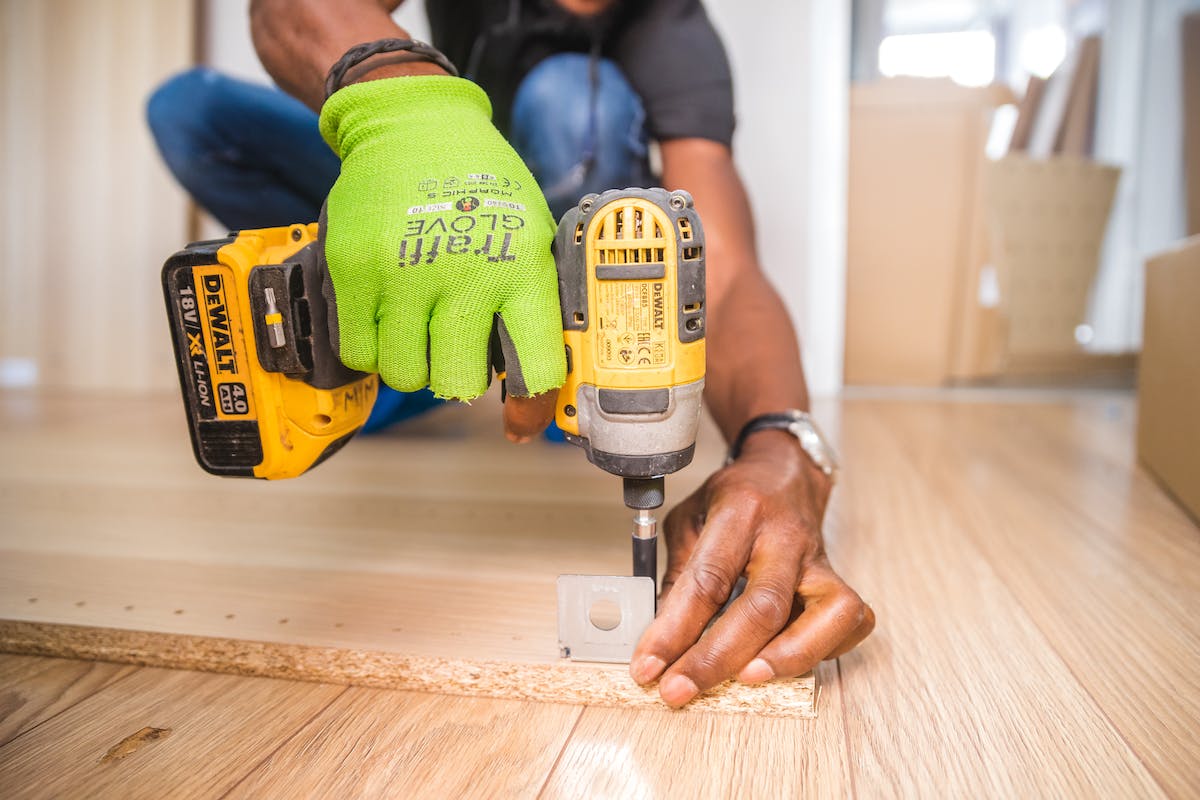
Energy-Efficient Construction
Prioritizing sustainability and energy efficiency presents an opportunity to make a positive impact on both the environment and your long-term costs. The integration of green practices into the construction process involves careful consideration and selection of materials and systems.
Thorough research is key. Exploring eco-friendly options, such as recycled or locally sourced materials, allows for a reduced environmental footprint. Opting for materials with sustainability certifications ensures adherence to recognized standards, promoting responsible sourcing and production. While some sustainable materials may entail higher upfront costs, they often yield long-term benefits. These materials enhance insulation, reducing heating and cooling expenses over the life of the home, and contribute to the overall durability of the structure, minimizing maintenance costs.
In tandem with sustainable materials, energy-efficient systems play a pivotal role. High-efficiency Heating, Ventilation, and Air Conditioning (HVAC) systems not only enhance comfort but also reduce energy consumption, translating into lower utility bills and a diminished carbon footprint. Embracing renewable energy sources, such as solar panels, takes advantage of Massachusetts’s abundant sunlight, providing a clean and sustainable energy solution that significantly offsets electricity costs.
Cost-Effective Design Elements
Efficient and thoughtful design is instrumental in realizing a cost-effective dream home in Massachusetts, striking a balance between aesthetics and financial prudence. Strategic design elements not only enhance the visual appeal of your space but also contribute to long-term savings.
Maximizing natural light is a cornerstone of cost-effective design. This involves strategically placing windows and skylights to capitalize on available natural light, creating a bright ambiance and simultaneously reducing the need for artificial lighting during daylight hours. The thoughtful consideration of window size, placement, and the integration of skylights ensure an optimal balance between illumination and energy efficiency, contributing to both economic and sustainable living practices.
Open floor plans and multifunctional spaces further exemplify cost-effective design principles. Embracing flexible room designs eliminates the need for excessive square footage, optimizing space and minimizing construction costs. Additionally, incorporating space-saving techniques, such as built-in storage and multifunctional furniture, not only enhances the functionality of your home but also contributes to efficient space utilization, reducing overall construction expenses. By integrating these cost-effective design elements, your dream home becomes a harmonious blend of style, functionality, and economic sensibility.
DIY and Hands-On Approaches
Identifying tasks suitable for DIY begins with meticulous research into local building codes and regulations. This foundational step ensures that your DIY projects align with safety standards and legal mandates, steering clear of potential complications. Concurrently, a commitment to safety and quality in DIY endeavors is paramount. Acquiring the requisite skills for each project and using high-quality materials are crucial aspects that contribute to a durable and secure outcome, enhancing rather than compromising the overall integrity of your dream home.
On the flip side, hiring professionals selectively is a pragmatic choice. Skilled labor is prioritized for critical tasks requiring specialized knowledge, such as electrical or plumbing work, ensuring both safety and compliance. Negotiating costs with contractors becomes an essential skill, allowing you to secure professional expertise at a reasonable and competitive price. This holistic approach empowers you to actively contribute to the construction process while benefiting from professional know-how, striking a harmonious balance between hands-on involvement and strategic professional collaboration.
Financing Options and Incentives
Traditional mortgages stand as a fundamental consideration, providing a stable and conventional means to secure funds for land acquisition and construction costs. Concurrently, the exploration of construction loans offers a tailored approach, releasing funds progressively throughout the building process and providing financial flexibility during each construction phase.
Government incentives and grants represent a valuable component of your financial strategy. Investigate state and federal programs designed to support home construction, offering favorable terms, low-interest rates, or direct financial assistance. Additionally, explore tax credits available for integrating energy-efficient features into your dream home. Massachusetts may provide tax incentives for environmentally conscious choices, such as the installation of solar panels or energy-efficient heating systems, aligning environmental responsibility with potential financial savings.
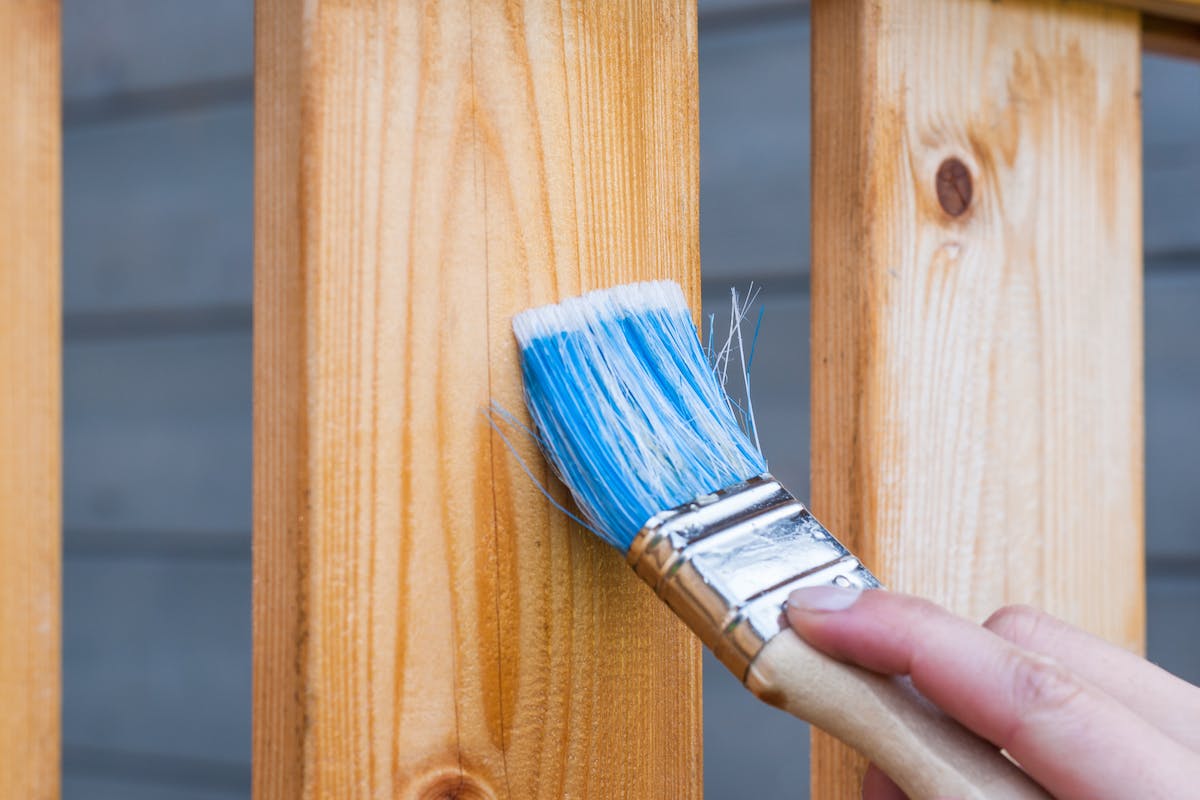
Conclusion
The cost to build a house in Massachusetts is a crucial consideration. When contemplating the cost of building a house in Massachusetts, factors such as land prices, building material expenses, and labor costs come into play. Massachusetts, known for its diverse landscapes and thriving real estate market, presents both opportunities and challenges in the realm of home construction.
Understanding how much it costs to build a house in Massachusetts requires a nuanced approach, taking into account regional variations, zoning regulations, and the ever-changing dynamics of the housing market. Aspiring homeowners need to thoroughly research and analyze the local market to make informed decisions regarding budgeting and planning.
Building a house in Massachusetts involves careful consideration of not only the initial construction costs but also the long-term financial implications. Exploring cost-effective strategies, sustainable building materials, and energy-efficient designs can contribute to mitigating the overall expenses.
Ardor Homes Massachusetts stands ready to assist you in your search for the right property. Navigating the financial landscape of building a house in Massachusetts requires a balance between aspirations and budget constraints, ensuring that the dream home becomes a reality without compromising financial well-being.

In her 25-year career, Steph Wilkinson has been involved in the acquisition, marketing and sales of over $3 Billion dollars of residential real estate. A number of years ago, Steph transitioned into Brokerage Leadership for National real estate brands and tech start-ups. She has served as a Business Strategist for real estate agents and brokerages alike and is also a real estate coach and trainer. In her new role with the Iconic Team, Steph will be responsible for the growth of the team and will be working with all of our agents to increase their productivity and bottom line.
Buy and Sell Your Property in One Place
Our team of experienced real estate agents and user-friendly platform will help you streamline the process of buying or selling your home
